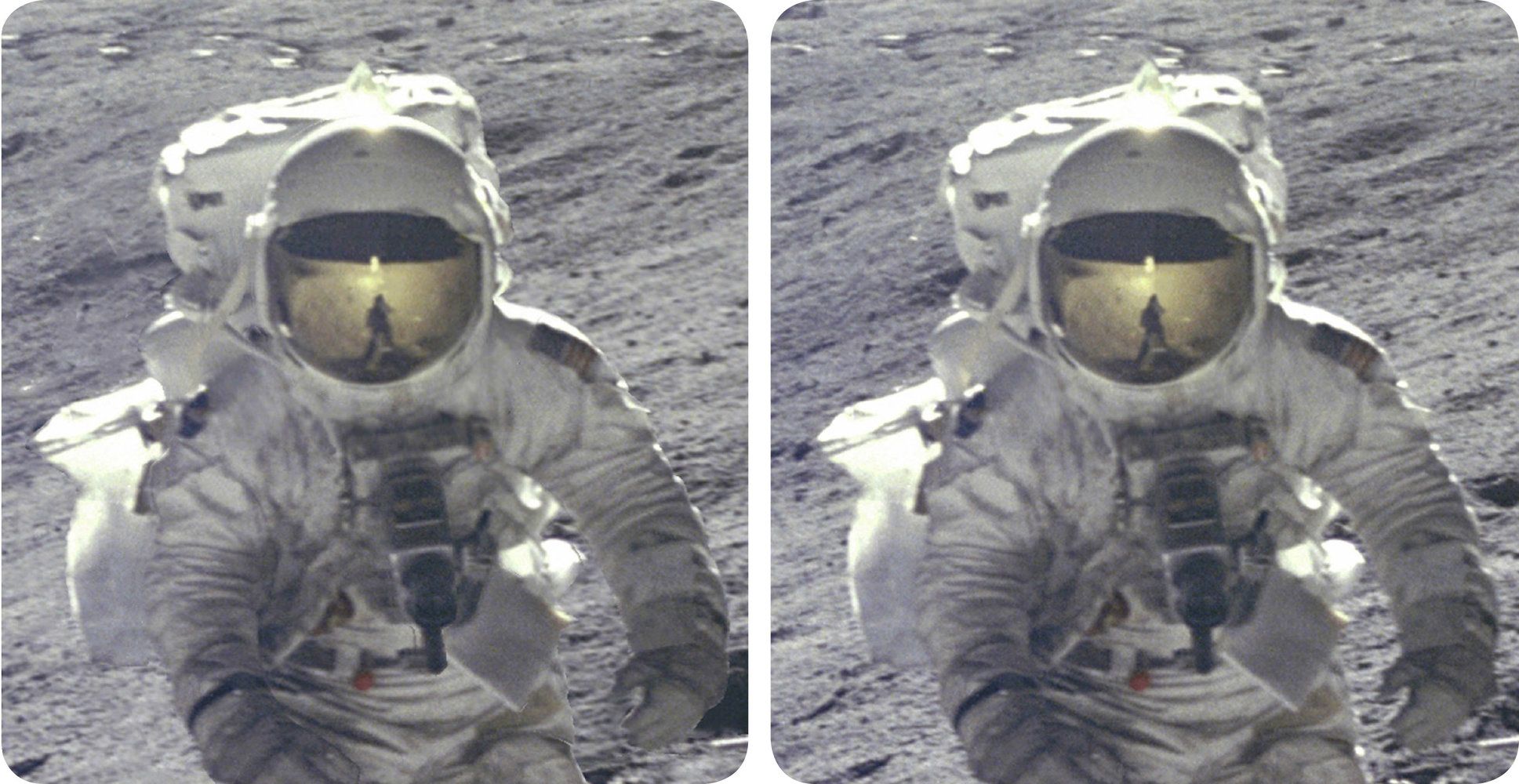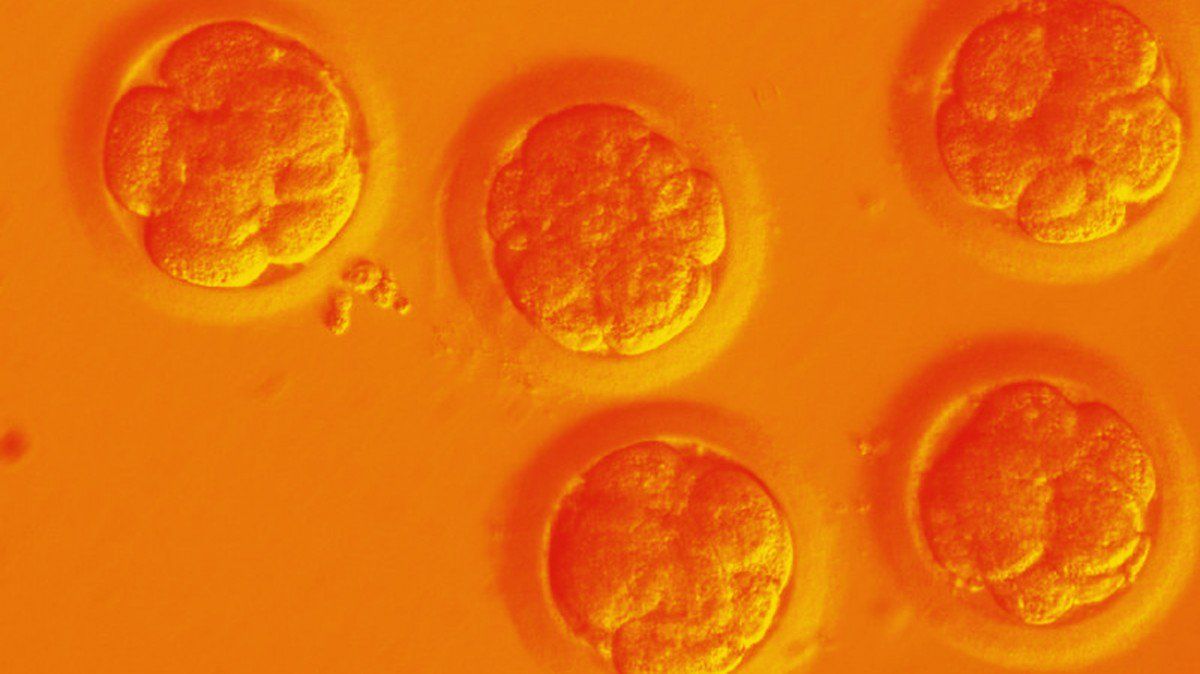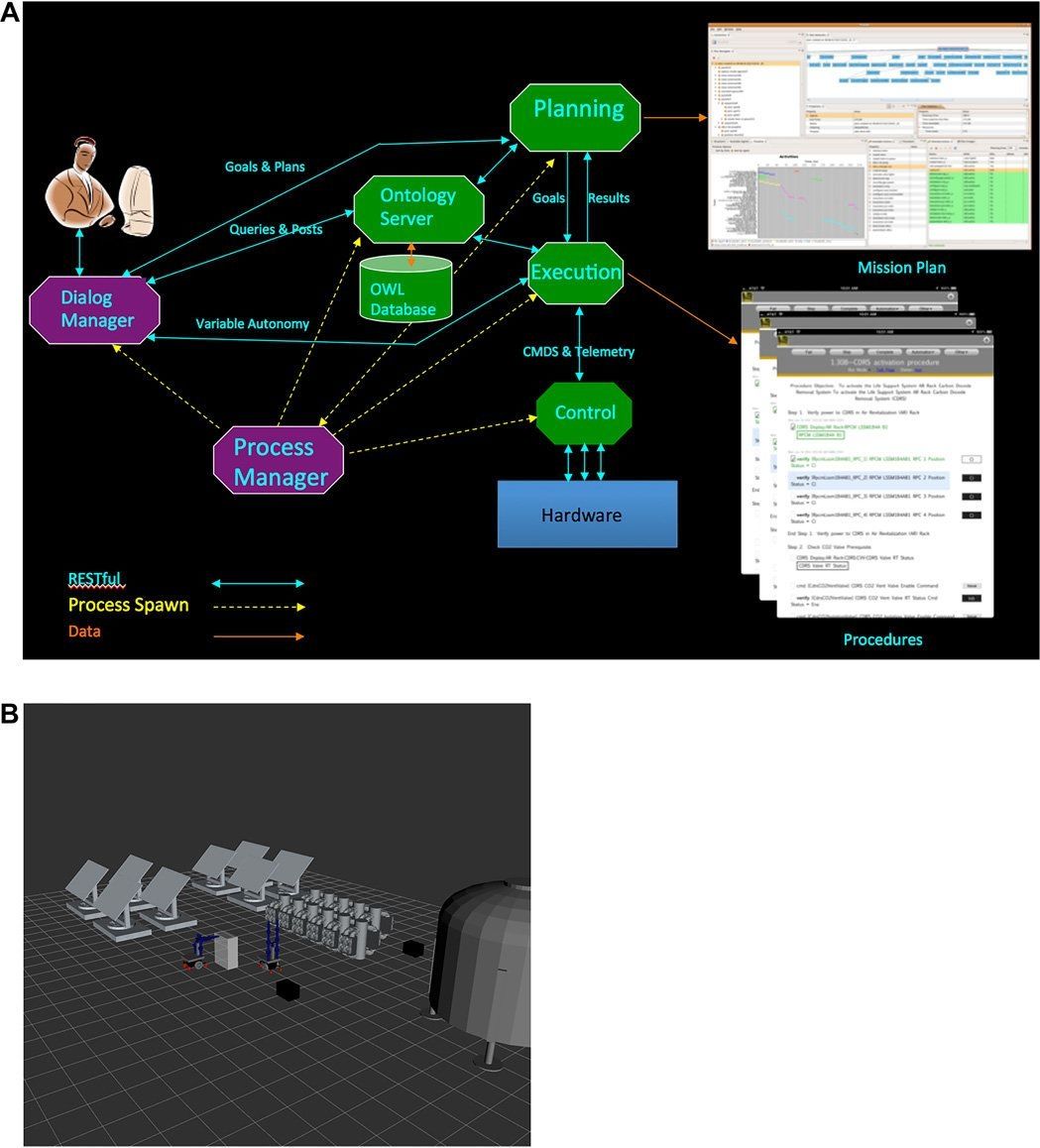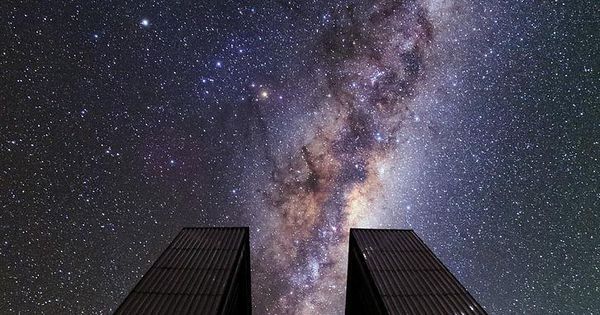Page 9337
Nov 26, 2018
Inside the Lab Training Genome Surgeons to Fight Disease
Posted by Genevieve Klien in category: biotech/medical
At the Gladstone Institutes, Crispr pioneer Jennifer Doudna is trying to make genome editing a routine procedure.
Nov 26, 2018
Scientists Hunt for A Seeming Paradox: A Magnet With Only One Pole
Posted by Genevieve Klien in category: particle physics
For centuries, physicists have hunted for particles with a single north or south pole to help put together their theory of everything. They may be closer than ever.
Nov 26, 2018
However Defined, AI is Transforming How Business Gets Done
Posted by Genevieve Klien in categories: business, robotics/AI
AI encompasses of a handful of cutting-edge techniques and methods. Over time, AI-powered solutions will likely enhance virtually all applications and business process.
Nov 26, 2018
Dangerous Infection Tied To Hospitals Now Becoming Common Outside Them
Posted by Genevieve Klien in categories: biotech/medical, health
C. Diff Infections Crop Up Outside Hospitals And Nursing Homes : Shots — Health News Infections with Clostridium difficile can be difficult to treat and life-threatening. Once a problem seen mainly in health care facilities, the infections are now occurring often in the community.
Nov 26, 2018
EXCLUSIVE: Chinese scientists are creating CRISPR babies
Posted by Klaus Baldauf in categories: bioengineering, biotech/medical
A daring effort is under way to create the first children whose DNA has been tailored using gene editing.
Nov 26, 2018
Engineers developing a HAL 9000-type AI system for monitoring planetary base stations
Posted by Klaus Baldauf in categories: entertainment, robotics/AI, space
A team of engineers at TRACLabs Inc. in the U.S. is making inroads toward the creation of a planetary base station monitoring system similar in some respects to Hal 9000—the infamous AI system in the movie 2001: A Space Odyssey. In this case, it is called cognitive architecture for space agents (CASE) and is outlined in a Focus piece by Pete Bonasso, the primary engineer working on the project, in the journal Science Robotics.
Bonasso explains that he has had an interest in creating a real Hal 9000 ever since watching the movie as a college student—minus the human killing, of course. His system is designed to run a base situated on another planet, such as Mars. It is meant to take care of the more mundane, but critical tasks involved with maintaining a habitable planetary base, such as maintaining oxygen levels and taking care of waste. He notes that such a system needs to know what to do and how to do it, carrying out activities using such hardware as robot arms. To that end, CASE has been designed as a three-layered system. The first is in charge of controlling hardware, such as power systems, life-support, etc.
The second layer is more brainy—it is in charge of running the software that controls the hardware. The third layer is even smarter, responsible for coming up with solutions to problems as they arise—if damage occurs to a module, for example, it must be sealed off from others modules as quickly as possible. The system also has what Bonasso describes as an ontological system—its job is to be self-aware so that the system can make judgment calls when comparing data from sensors with what it has learned in the past and with information received from human occupants. To that end, the system will be expected to interact with those humans in ways similar to those portrayed in the movie.
Nov 26, 2018
This Is How Astronomers Solved The ‘Zone Of Avoidance’ Mystery
Posted by Genevieve Klien in categories: space, transportation
Galaxies are found uniformly everywhere in the Universe, except in the Milky Way’s plane. Here’s why.
Nov 26, 2018
NASA ScienceCasts: New InSight into the Red Planet
Posted by Michael Lance in category: space travel
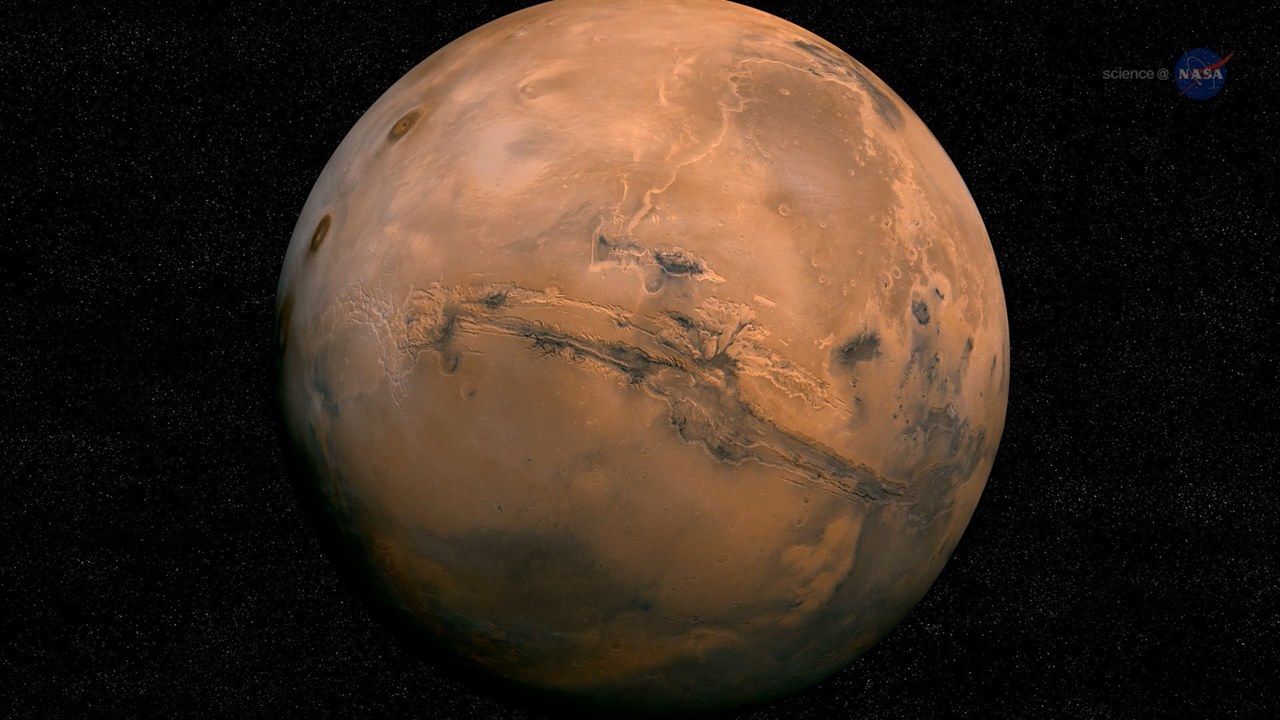
We’ve always referred to Mars as the Red Planet because of its surface color. But what’s below that dusty crust? NASA InSight mission is currently cruising through space, set for our #MarsLanding and determined to find out.
Nov 26, 2018
Support LEAF in Project for Awesome 2018
Posted by Steve Hill in category: biotech/medical
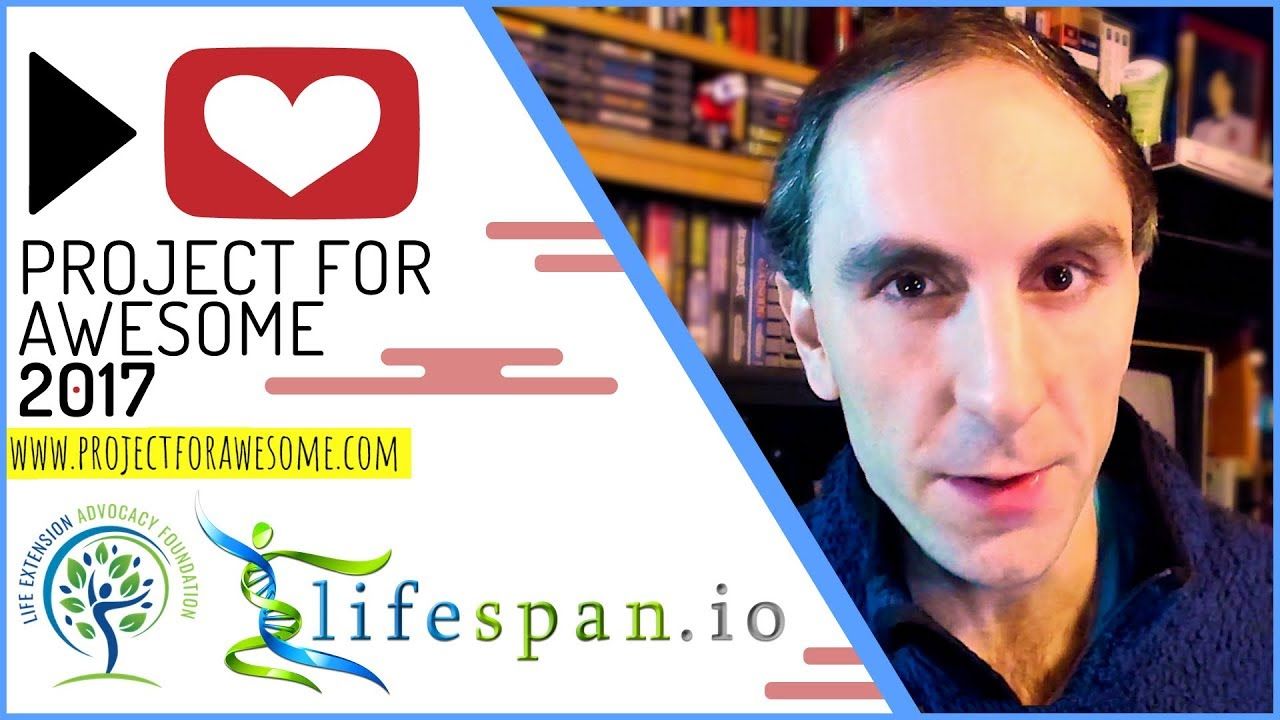
Since 2007, the Project for Awesome, simply known as P4A, has been helping to make the world a better place. It is an initiative of the Foundation to Decrease World Suck, a Montana-based charitable organization run by Hank and John Green, and their plan is simple: to make the world suck less.
Continue reading “Support LEAF in Project for Awesome 2018” »
